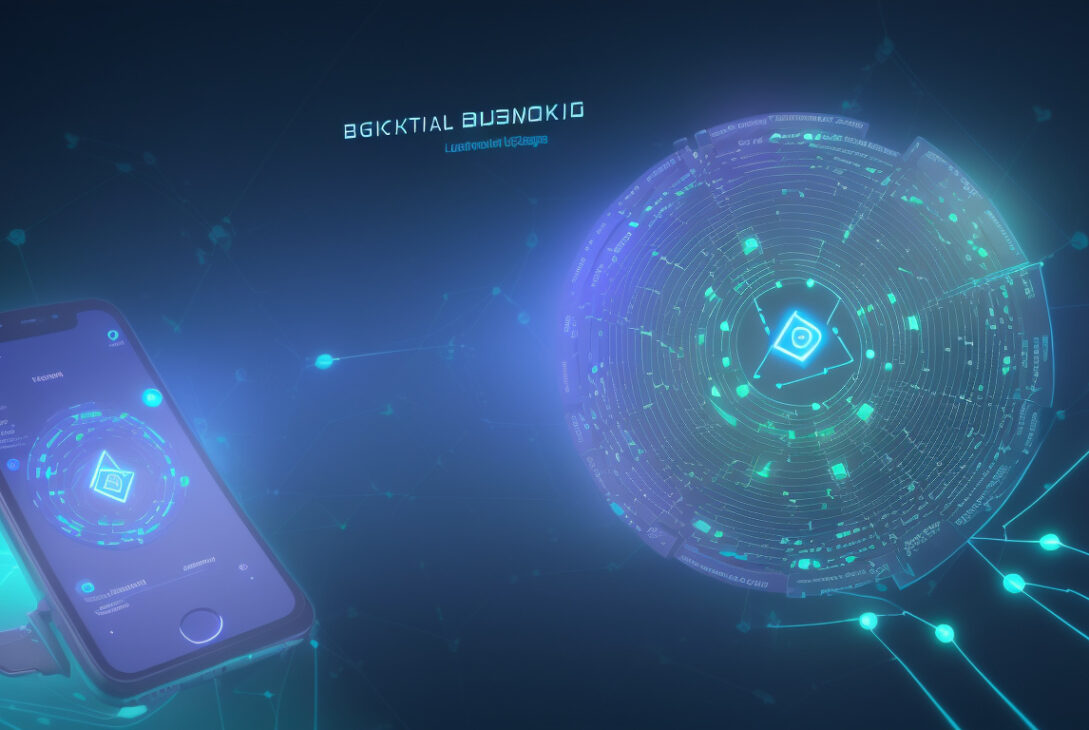In today’s digital realm, blockchain interoperability stands crucial. It drives seamless, next‐gen transactions. As blockchain matures, networks share, link, and exchange. This unlocks efficiency, grants security, and fuels innovation. But what is blockchain interoperability? And why is it the cornerstone of decentralized systems? This article probes these questions, showing how interoperability reshapes digital trades.
Understanding Blockchain Interoperability
Blockchain interoperability means diverse blockchains exchange assets and data without intermediaries. Traditionally, blockchains remain isolated; each holds its own rules, protocols, and ledgers. This isolation limits scale in our multi‐chain world where dApps, cryptocurrencies, and smart contracts need interaction.
Interoperability bridges these gaps. It enables:
- Cross‐chain token transfers
- Shared smart contract actions across networks
- Unified user experiences over multiple blockchains
It transforms isolated chains into a closely linked network much as the internet connects disparate sites.
Why Blockchain Interoperability Matters
The impact of blockchain interoperability is significant:
1. Enhancing User Experience
Users face many wallets, exchanges, or dApps on separate chains. Such fragmentation complicates transactions and asset management. Interoperability brings features together, so users work smoothly across platforms.
2. Promoting Scalability and Flexibility
Blockchains may become congested easily. Interoperability spreads workload across chains. This distribution increases throughput and cuts congestion.
3. Facilitating Innovation
When blockchains connect directly, developers mix features. They build cross‐chain applications, DeFi protocols, and NFT markets that utilize each chain’s unique strengths.
4. Increasing Market Liquidity
Cross‐chain asset moves deepen liquidity pools. Traders and investors then access a broader range of assets without barriers.
Current Approaches to Achieving Blockchain Interoperability
Multiple technical methods now arise. Their complexity and operations differ:
1. Sidechains and Bridges
- Sidechains are independent blockchains running next to a main chain. They let assets move but may reduce decentralization.
- Bridges are protocols that tie two or more blockchains. They swap tokens and exchange data. Popular bridges let tokens flow between Ethereum and Binance Smart Chain, for instance.
2. Interoperability Protocols
Protocols like Polkadot and Cosmos build networks that allow chains to share information:
- Polkadot uses a relay chain that coordinates several parachains. They share security and data.
- Cosmos uses a hub model. Independent blockchains, or zones, connect through a central hub to interact.
3. Cross‐Chain Communication Standards
Standard rules for transaction and message formats help chains agree. Universal messaging protocols enable any compliant blockchain to interact freely.
Real-World Applications of Blockchain Interoperability
Interoperability now shows real benefits in sectors:
Decentralized Finance (DeFi)
DeFi platforms rely on cross-chain liquidity. They offer lending, borrowing, and yield farming across networks like Ethereum, Solana, and Avalanche, diversifying financial opportunities.
Supply Chain Management
Enterprises use interoperable blockchains to track goods across systems. They secure traceability, reduce fraud, and meet compliance more easily.
Gaming and NFTs
Interoperability allows digital assets such as NFTs to move between games and marketplaces on different blockchains. This freedom enriches experiences and redefines digital ownership.

Challenges in Achieving Full Blockchain Interoperability
Significant hurdles still exist:
- Security risks: Cross-chain bridges can invite exploits.
- Complexity: Diverse technical setups and governance complicate universal standards.
- Data privacy: Balancing secrecy with openness in data exchange is delicate.
Addressing these requires cooperation among industry players, standard bodies, and regulators.
How Blockchain Interoperability Shapes the Future of Digital Transactions
The future digital economy depends on seamless, secure exchanges across chains. Blockchain interoperability enables:
- Global asset transfers without central intermediaries
- Ecosystems where dApps pool resources
- Trust enhanced by transparent, cross-chain checks
Here, users enjoy freedom and efficiency while developers break free of isolated systems.
Summary: Key Benefits of Blockchain Interoperability
In brief, blockchain interoperability offers:
- Unified user experiences across chains
- Scalable processing harnessing multiple chains
- New innovation via cross-chain development
- Broader asset liquidity and market access
- Enhanced security through decentralized verification
Frequently Asked Questions (FAQ)
Q1: What is the difference between blockchain interoperability and cross-chain technology?
A: Interoperability is the broad concept of blockchains working together. Cross-chain technology refers to the specific methods—like bridges—that connect these blockchains.
Q2: How does blockchain interoperability improve decentralized finance (DeFi)?
A: By allowing assets and data to move across chains freely, interoperability boosts liquidity and enables complex, multi-platform financial products within DeFi.
Q3: What are some popular platforms providing blockchain interoperability?
A: Notable projects include Polkadot, Cosmos, and Avalanche. Additionally, bridges linking Ethereum with Binance Smart Chain or Solana are widely used.
Authoritative Insight
According to an analysis by Deloitte, blockchain interoperability is key to distributed ledger technology’s future. It “opens the door to scaled adoption by enabling seamless communication across networks.”
Embrace the Future Today
The era of isolated blockchains draws to a close. With advances in interoperability, frictionless, global, and secure transactions become a near-term reality. Developers, investors, and enterprises must explore these solutions. Integrate interoperable blockchain tech into your operations and stand at the forefront of the digital revolution.
Unlock new possibilities with blockchain interoperability and transform how you transact, connect, and innovate. The future of seamless digital transactions has arrived—step forward and lead the way.









